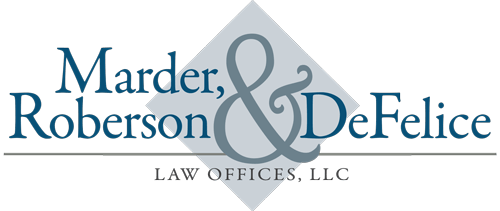In Massachusetts, a law prohibits the possession of stun guns. The Supreme Judicial Court of Massachusetts upheld that law, when a woman convicted of violating the law challenged it on constitutional grounds. On March 21, 2016, the United States Supreme Court issued a two page decision, which vacates the judgment of the Massachusetts Court. However, it is a separate concurring opinion of Justice Samuel Alito (with whom Justice Clarence Thomas joins), which provides us with these details:
After a “bad altercation” with an abusive boyfriend put
her in the hospital, Jaime Caetano found herself homeless
and “in fear for [her] life.” Tr. 31, 38 (July 10, 2013). She
obtained multiple restraining orders against her abuser,
but they proved futile. So when a friend offered her a stun
gun “for self-defense against [her] former boy friend,” 470
Mass. 774, 776, 26 N. E. 3d 688, 690 (2015), Caetano
accepted the weapon.
It is a good thing she did. One night after leaving work,
Caetano found her ex-boyfriend “waiting for [her] outside.”
Tr. 35. He “started screaming” that she was “not gonna
[expletive deleted] work at this place” any more because
she “should be home with the kids” they had together.
Ibid. Caetano’s abuser towered over her by nearly a foot
and outweighed her by close to 100 pounds. But she didn’t
need physical strength to protect herself. She stood her
ground, displayed the stun gun, and announced: “I’m not
gonna take this anymore. . . . I don’t wanna have to [use
the stun gun on] you, but if you don’t leave me alone, I’m
gonna have to.” Id., at 35–36. The gambit worked. The
ex-boyfriend “got scared and he left [her] alone.” Id.,
at 36.
The events leading to Caetano’s prosecution occurred
sometime after the confrontation between her and her ex boyfriend.
[Police officers] arrested her for violating Mass. Gen. Laws, ch. 140, §131J,
“which bans entirely the possession of an electrical weapon,” 470
Mass., at 775, 26 N. E. 3d, at 689.1 When Caetano moved
to dismiss the charge on Second Amendment grounds, the
trial court denied the motion.
The United States Supreme Court rejected three explanations provided by the Massachusetts court, which were used to uphold the law, because those explanations contradict United States Supreme Court precedent, as follows:
1) The Massachusetts Court explained that stun guns are not protected because they “were not in common use at the time of the Second Amendment’s enactment.” The US Supreme Court stated this is inconsistent with the decision of District of Columbia v. Heller, 554 US 570 (2008), which provided a clear statement that the Second Amendment “extends … to … arms… that were not in existence at the time of the founding.”
2) The Massachusetts Court concluded that stun guns are “unusual” because they are “a thoroughly modern invention.” The US Supreme Court disagreed with the reasoning, and found the reasoning was inconsistent with the Heller opinion.
3) The Massachusetts Court used “a contemporary lens” and found “nothing in the record to suggest that [stun guns] are readily adaptable to use in the military.” The US Supreme Court disagreed again, because “Heller rejected the proposition ‘that only those weapons useful in warfare are protected.” (citation omitted.)
For these three reasons, the US Supreme Court issued its order vacating the judgment of the Supreme Judicial Court of Massachusetts, and remanded the case “for further proceedings not inconsistent with [the US Supreme Court’s] opinion.”
In the concurring opinion Justice Alito wrote:
“A State’s most basic responsibility is to keep its people safe. The Commonwealth of Massachusetts was either unable or unwilling to do what was necessary to protect Jaime Caetano, so she was forced to protect herself. To make matters worse, the Commonwealth chose to deploy its prosecutorial resources to prosecute and convict her of a criminal offense for arming herself with a nonlethal weapon that may well have saved her life.”
Justice Alito was dismayed by the manner in which the US Supreme Court issued its decision. He wrote:
“This Court’s grudging per curiam now sends the case back to that same [Massachusetts Supreme Judicial] court. And the consequences for Caetano may prove more tragic still, as her conviction likely bars her from ever bearing arms for self-defense.” “If the fundamental right of self-defense does not protect Caetano, then the safety of all Americans is left to the mercy of state authorities who may be more concerned about disarming the people than about keeping them safe.”
The Supreme Court’s per curiam opinion in Caetano v. Massachusetts, and the concurring opinion of Justice Alito and Justice Thomas, is available here:
https://www.supremecourt.gov/orders/courtorders/032116zor_h3ci.pdf
